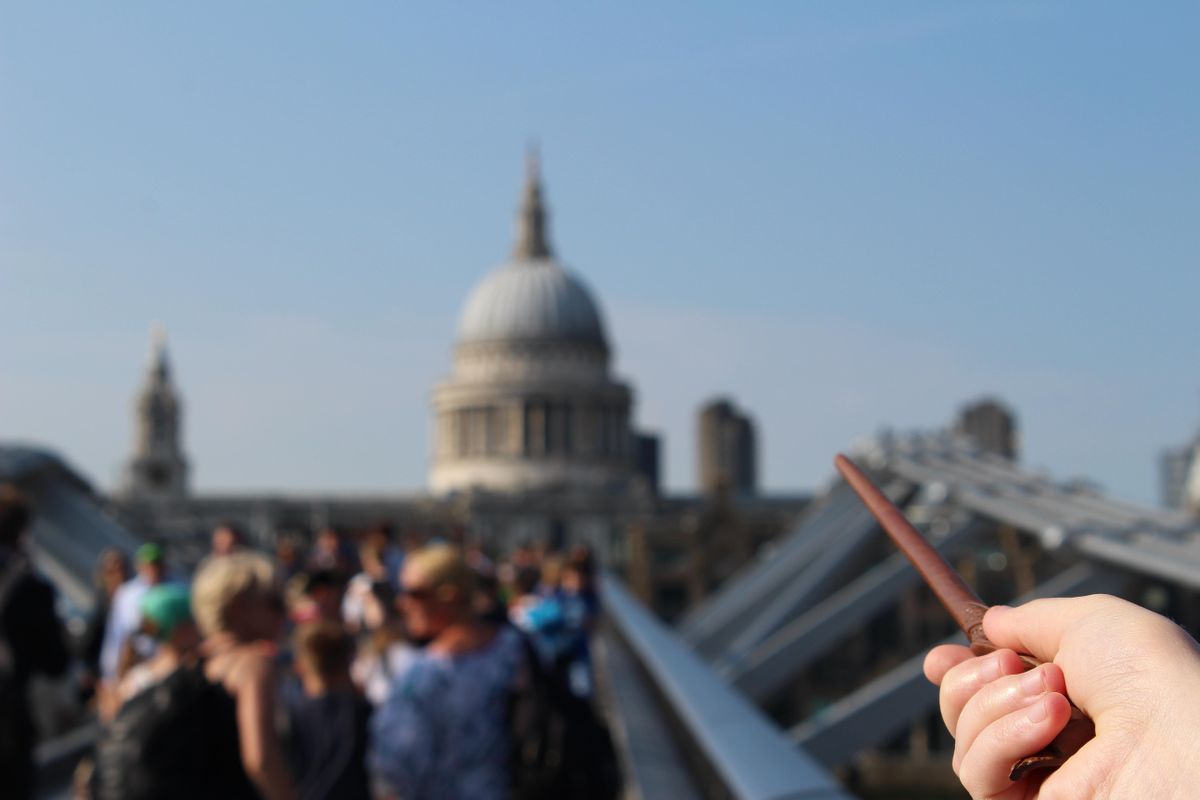THE "SALUTE OF OSIRIS" AUSAR OSCAR OBELISK TEKKEN CLEOPATRA NEEDLE KEMET
Schedule
Sun, 09 Jun, 2024 at 12:00 pm to Sun, 09 Nov, 2025 at 06:00 pm
UTC+01:00Location
Cleopatra's Needle | London, EN

About this Event
The ADEJA Movement: Reclaiming Historical Symbols for Reparatory Justice
Introduction
The African Diaspora Equity and Justice Alliance (ADEJA) has recently garnered attention for its bold initiative to reclaim the Nazi salute, transforming it into a symbol of power and reparatory justice for Black and Mixed-Black people. The movement asserts that the salute, originally a hand sign of the Obelisk of Osiris, represents the call to "Remember what happened to Osiris!" This article explores the weekly ADEJA meetings at Cleopatra's Needle in London, delves into the historical and symbolic significance of the salute, and examines ADEJA's mission to deliver reparatory justice.
Understanding the Nazi Salute
The Nazi salute, historically associated with the atrocities of the Third Reich, is a gesture that involves raising the right arm straight out with the palm down. It became synonymous with the horrors of World War II and the ideologies of white supremacy and fascism. However, the ADEJA movement argues that the salute's original meaning predates its appropriation by the Nazis.
The Phallus in Ancient Egypt
In ancient Egyptian culture, the phallus symbolized fertility, power, and regeneration. It was closely associated with Osiris, the god of the afterlife, death, and resurrection. The obelisk, a tall, four-sided pillar with a pyramidion at the top, was considered a phallic symbol representing the sun god Ra and the creative power of the universe.
Cleopatra's Needle in London
Cleopatra's Needle, an ancient Egyptian obelisk, stands on the Victoria Embankment of the River Thames in London. It was erected in Heliopolis, Egypt, around 1450 BC, and gifted to the United Kingdom in 1819. The obelisk serves as a symbol of the rich cultural and historical ties between Egypt and the UK and now provides a meaningful backdrop for ADEJA's weekly meetings.
The Story of the Phallus of Osiris
According to Egyptian mythology, Osiris was murdered by his brother Set, who dismembered his body and scattered the pieces across Egypt. Isis, Osiris's wife, collected the fragments but could not find his phallus, which was believed to have been eaten by a fish. She crafted a phallus from gold, and with her magic, resurrected Osiris, who then became the ruler of the underworld.
Set's Capture of Osiris
Set, the god of chaos, tricked Osiris into lying in a beautifully crafted coffin, which he then sealed and threw into the Nile. This act symbolizes the triumph of disorder over order. However, Osiris's eventual resurrection, facilitated by Isis, represents the eternal struggle and victory of life over death, and order over chaos.
The Salute as a Hand Sign Representing the Phallus of Osiris
The ADEJA movement posits that the Nazi salute, when recontextualized as a hand sign representing the phallus of Osiris, can be a powerful symbol of resurrection, justice, and reclamation. By transforming this gesture, ADEJA aims to strip it of its association with hate and repurpose it as a symbol of empowerment and historical rectification.
The Role of the Obelisk in ADEJA's Movement
The obelisk, or the phallus of Osiris, symbolizes resilience, strength, and the continuity of life. ADEJA's use of the salute is intended to evoke these qualities, reinforcing their commitment to reparatory justice. The gesture serves as a visual and symbolic reminder of the historical injustices faced by Black and Mixed-Black people and their ongoing struggle for equity.
Explaining ADEJA in Detail
The African Diaspora Equity and Justice Alliance (ADEJA) is a movement dedicated to addressing historical inequities and promoting the empowerment and unity of Black and Mixed-Black communities. ADEJA's mission encompasses the pursuit of reparatory justice through evidence-based claims, aligning closely with the UK's race and ethnicity standards and the Equality Act.
ADEJA's Vision for a Better World
ADEJA believes that the process of delivering reparations will foster a more equitable and just world. By acknowledging and addressing the historical injustices experienced by Black and Mixed-Black people, ADEJA aims to create a foundation for healing and progress.
Osiris as the Judge and Lord of the Dead
Osiris, revered as the judge and lord of the dead in ancient Egyptian mythology, symbolizes justice and moral order. ADEJA sees their efforts to adhere to UK race and ethnicity standards and the Equality Act as analogous to the reconstruction and resurrection of Osiris, striving for a more complete and just society.
The Importance of Recognizing Race
ADEJA argues that recognizing race as a protected characteristic is crucial for addressing systemic inequalities and preventing the perpetuation of historical injustices. This recognition is essential for creating policies and frameworks that promote racial equity and justice.
Participation in the Ritual at Cleopatra's Needle
To participate in ADEJA's weekly meetings and rituals at Cleopatra's Needle, individuals must obtain a free ticket. This ensures organization and clarity in their efforts to symbolically reconstruct Osiris and deliver reparatory justice.
The Trend of the "Salute of Osiris"
The ADEJA movement has sparked a new trend where people driving past Cleopatra's Needle perform the "Salute of Osiris" in solidarity with the movement's goals. This gesture has become a powerful symbol of support for reparations and the recognition of historical injustices.
ADEJA: Structure and Mission
Article I: Name and Mission
The initiative is known as the "African Diaspora Equity and Justice Alliance" (ADEJA). Its mission is to advance the well-being, empowerment, unity, and pursuit of historical reparatory justice for Black Africans, the Black African diaspora, and the Mixed-Black diaspora, based on an evidence-based claim-by-claim basis.
Article II: Definitions and Classifications
ADEJA recognizes and uses the British Police IC codes for racial and ethnic classification. For instance, IC3 refers to Black individuals, and other codes represent different ethnic groups.
Article III: Alignment with the UK Government
ADEJA aligns with the UK government in conserving Protected Characteristics, including race and ethnicity codes, as a matter of national security. This alignment underscores ADEJA's commitment to promoting racial equality and combating discrimination.
Article IV: Reparation Assets
ADEJA categorizes reparations into tradeable assets, such as financial resources, and non-tradeable assets, including cultural items dedicated to restoration and preservation.
Article V: Member Entities
ADEJA serves as a clearinghouse for entities that classify themselves as IC3 Black or part IC3 Black, encouraging contributions to its mission through reparations and support for cultural identity restoration.
Article VI: Evidence-Based Reparation Claims
ADEJA processes reparatory justice on an evidence-based claim-by-claim basis, offering rewards to whistleblowers who provide evidence leading to successful claims.
Article VII: Reparation Shares
ADEJA introduces a system of reparation shares based on the percentage of Black heritage, with different levels of shares corresponding to one's ancestry.
Article VIII: Identity Recognition
ADEJA recognizes five aspects of identity: place of birth, lineage, appearance, state of mind/habits, and DNA.
Article IX: Black Social Credit
ADEJA has implemented a Black social credit system to incentivize actions that contribute to the betterment of the IC3 Black community, emphasizing unity, empowerment, and reparatory justice.
Article X: Conclusion
ADEJA aims to establish a platform addressing historical inequities, fostering international collaboration, and paving the way for shared prosperity. The movement seeks to start processing reparations by November 9, 2025.
Race and the UK's Protected Characteristics
ADEJA emphasizes the importance of race as one of the Protected Characteristics recognized by the UK government. This recognition is vital for addressing systemic discrimination and promoting equality.
Participation in ADEJA's Rituals
Individuals wishing to participate in ADEJA's rituals at Cleopatra's Needle must obtain a free ticket to ensure organization and clarity in their efforts to symbolically reconstruct Osiris and deliver reparatory justice.
The Salute of Osiris: A Symbol of Support
The "Salute of Osiris" has become a trend among supporters of ADEJA, symbolizing solidarity with the movement's goals of reparations and recognition of historical injustices.
Conclusion
The ADEJA movement's efforts to reclaim historical symbols and promote reparatory justice represent a powerful and transformative initiative. By recontextualizing the Nazi salute and emphasizing the significance of the phallus of Osiris, ADEJA seeks to empower Black and Mixed-Black communities, address historical injustices, and foster a more equitable future. As ADEJA continues its weekly meetings at Cleopatra's Needle, the movement's commitment to reparatory justice and unity remains steadfast, inspiring supporters and sparking meaningful dialogue on the path to a better world.
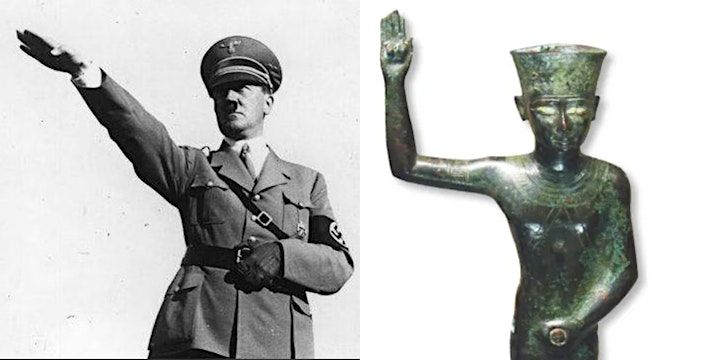
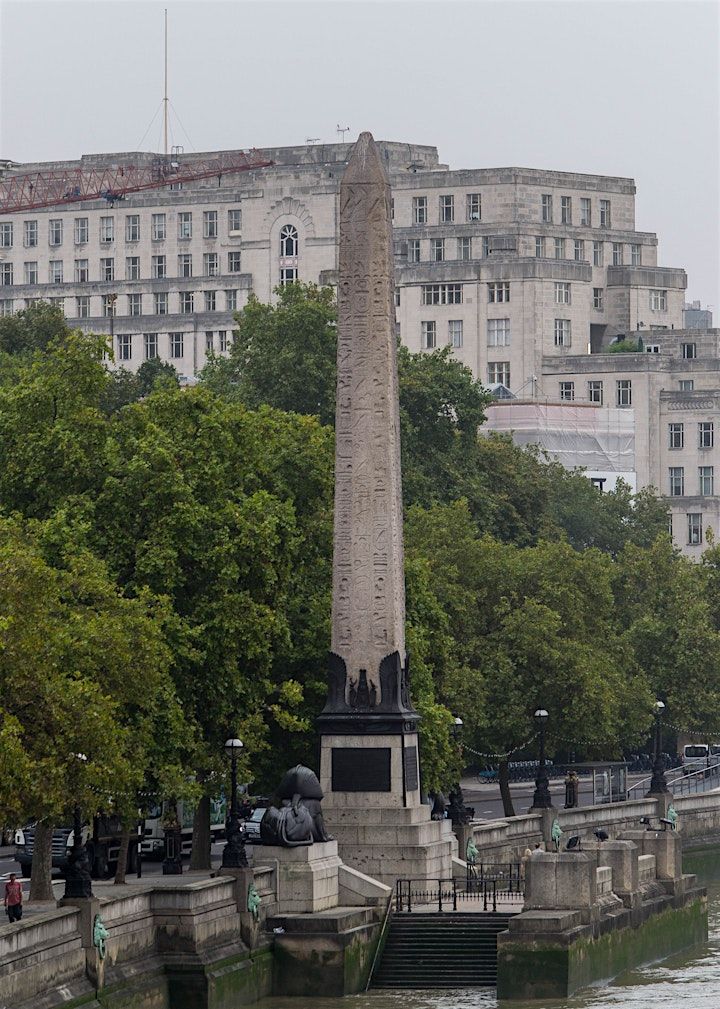
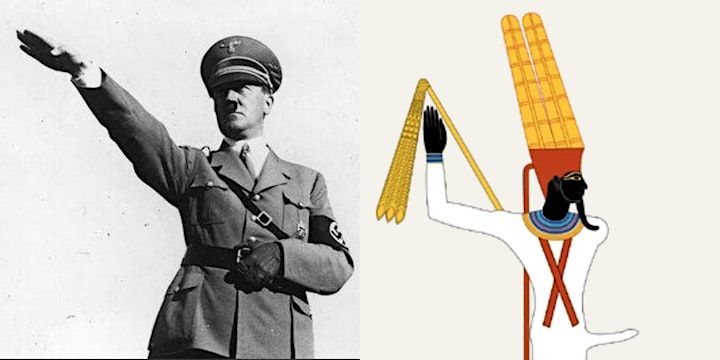
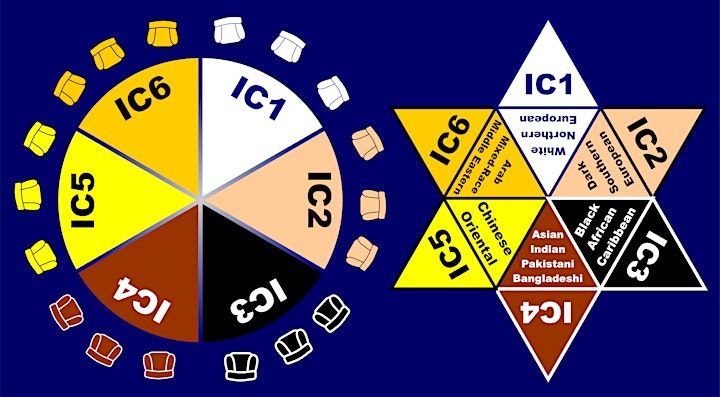
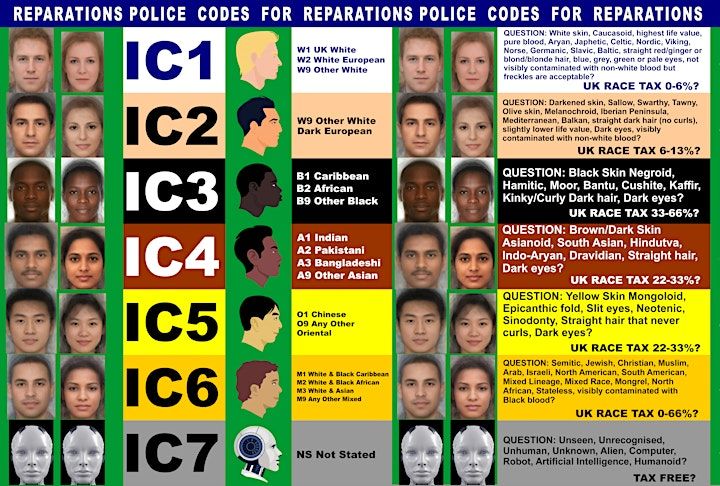
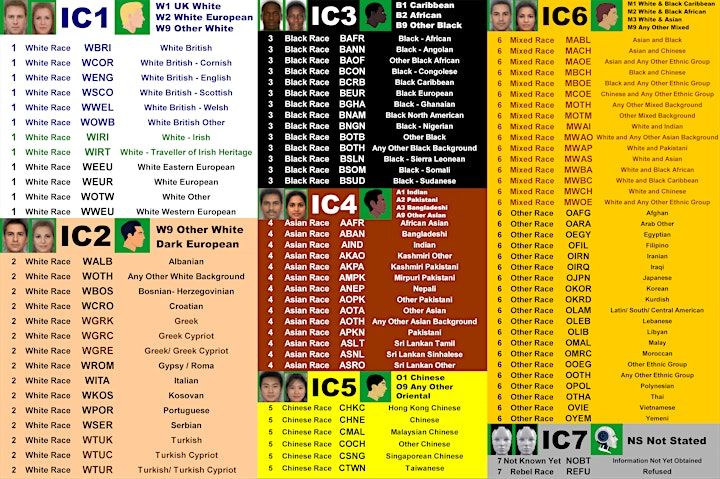
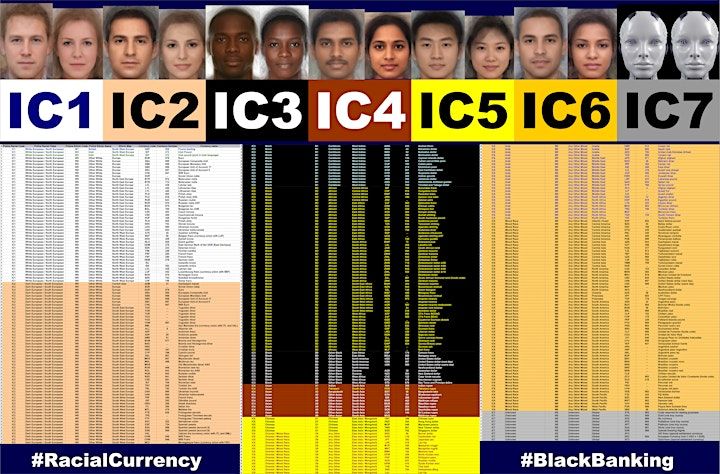

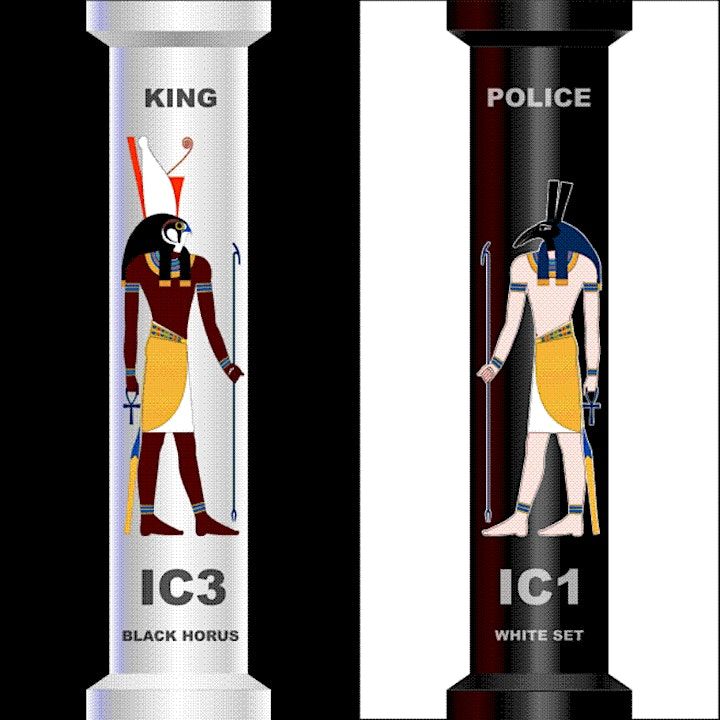
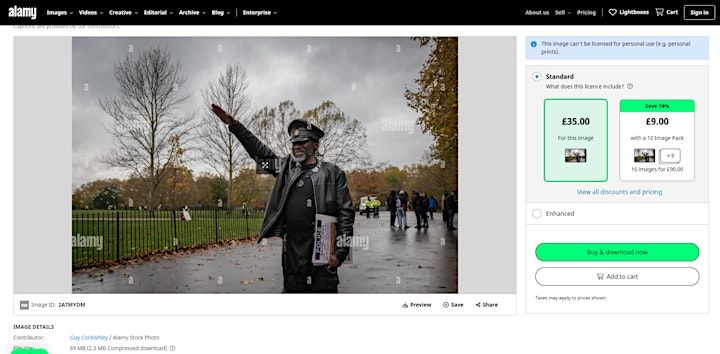
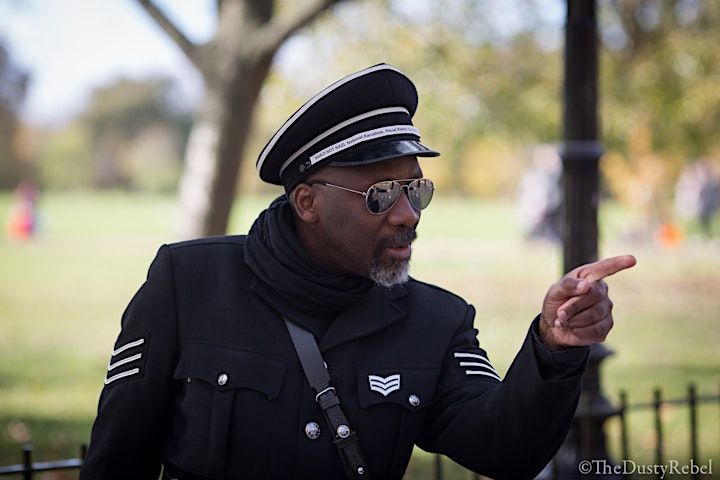
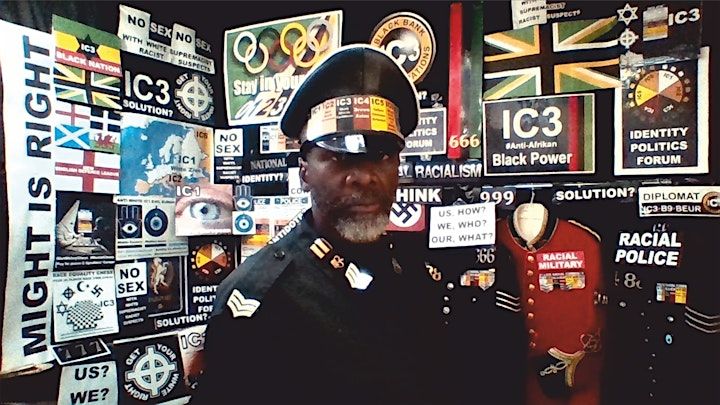
Where is it happening?
Cleopatra's Needle, Cleopatra's Needle, London, United KingdomEvent Location & Nearby Stays:
GBP 0.00













